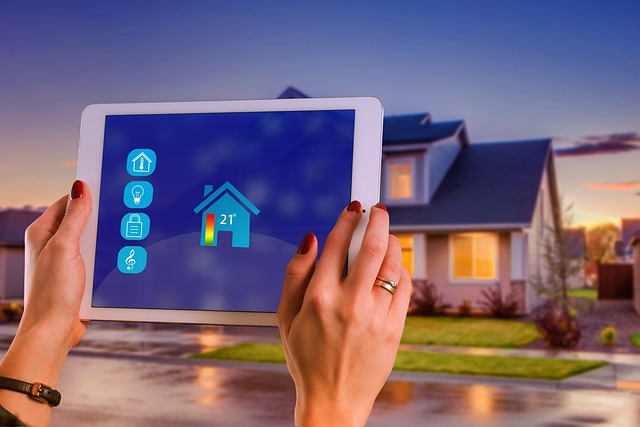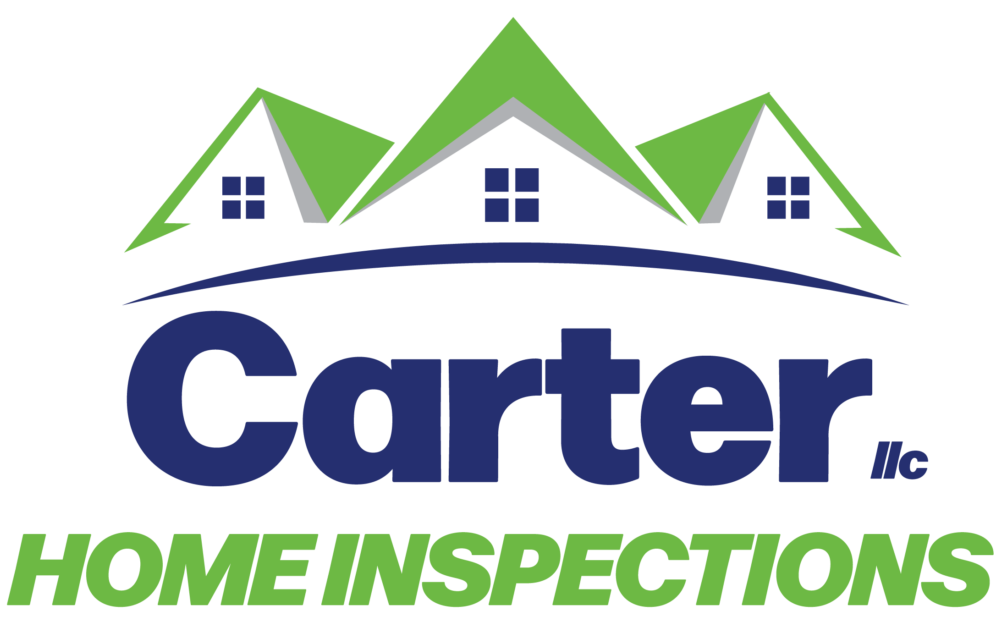
Smart homes are often marketed as the future of safe, efficient living. From remote-controlled locks to app-connected cameras, the promise of convenience and protection can be very appealing. However, many homeowners are surprised to learn that these systems are not always as secure as they seem. Just like any other feature in a property, technology has strengths and vulnerabilities—and understanding them is key to keeping your household safe.
The Illusion of Security
When a homeowner installs smart locks, Wi-Fi thermostats, or video doorbells, there’s often a sense that the home is automatically more secure. In reality, these devices are only as reliable as their setup and maintenance. If updates aren’t performed regularly, or if weak passwords are used, even the most advanced smart system can become an entry point for unwanted access.
Additionally, many devices depend heavily on internet connectivity. A power outage or network disruption can leave these systems temporarily ineffective. A traditional deadbolt or manual security measure will always function, but a digital lock may not respond when the router is down.
Common Weak Points in Smart Homes
Several vulnerabilities come up again and again in connected properties:
- Unsecured Wi-Fi networks: If your home’s internet connection isn’t properly protected, every device linked to it becomes vulnerable.
- Default or weak passwords: Many homeowners never change the factory-set credentials on their smart devices. Unfortunately, those are often easy for hackers to guess.
- Outdated software or firmware: Skipping updates leaves systems exposed to known exploits.
- Overreliance on automation: Relying solely on smart tech can create blind spots. For example, motion-activated lights won’t help if the sensors fail to trigger.
Practical Steps for Stronger Protection
Smart homes can be both convenient and secure—if maintained carefully. Here are several recommendations:
- Harden your Wi-Fi network. Have a strong, unique password for your router and enable encryption. Changing your router’s default settings is a critical first step.
- Update devices promptly. Set reminders to check for software and firmware updates on all smart products. These often contain important security patches.
- Create strong credentials. Avoid reusing passwords across multiple devices. Using a password manager can help keep things organized.
- Add layers of security. Do not rely exclusively on smart devices. Traditional locks, motion-sensor lighting, and even simple neighborhood awareness remain effective.
- Limit unnecessary features. If a device offers “remote access” but you never use it, consider disabling the option to reduce exposure.
- Check manufacturer reliability. Not all smart devices are created equal. Research brands that have a proven track record for updating and securing their products.
A Balanced Approach
Smart home technology certainly has its advantages, but it should not replace proven safety practices. Think of these devices as tools, not solutions by themselves. By combining digital convenience with traditional security measures, homeowners can enjoy the best of both worlds—comfort without unnecessary risk.
